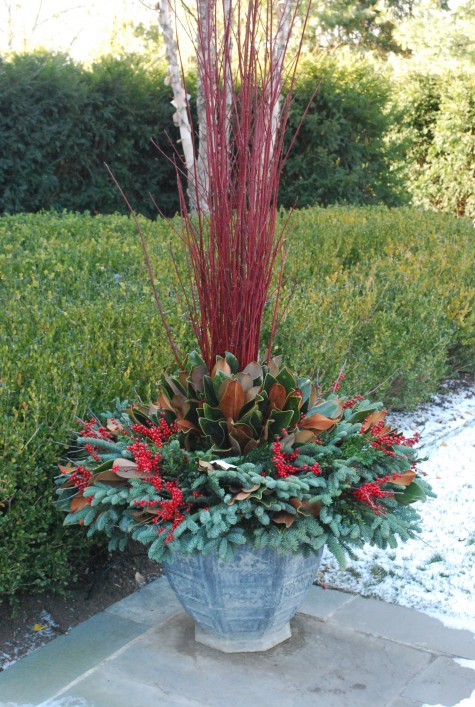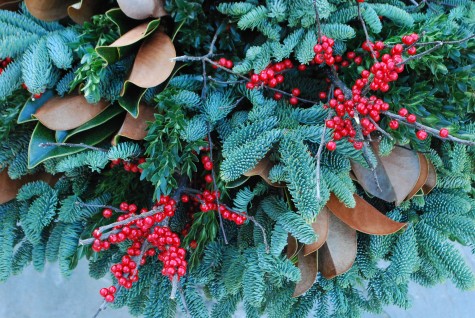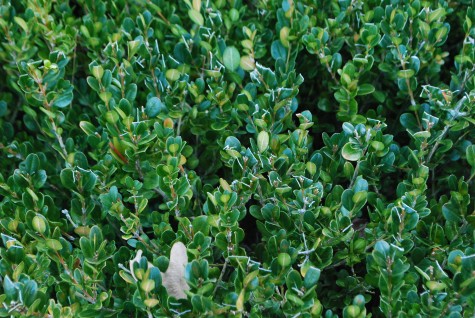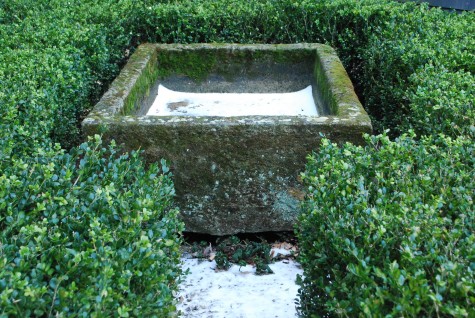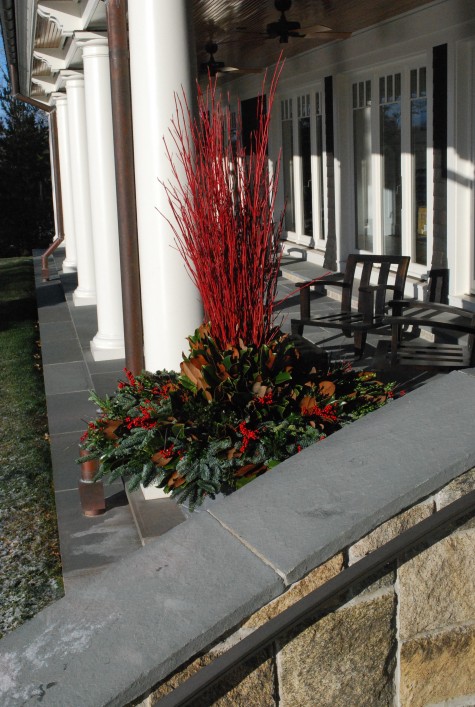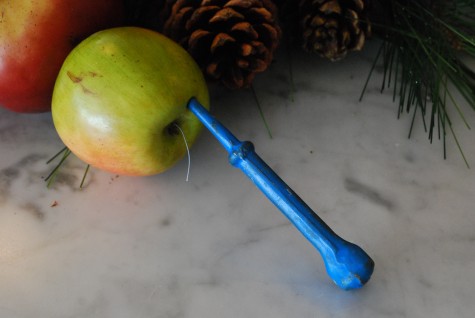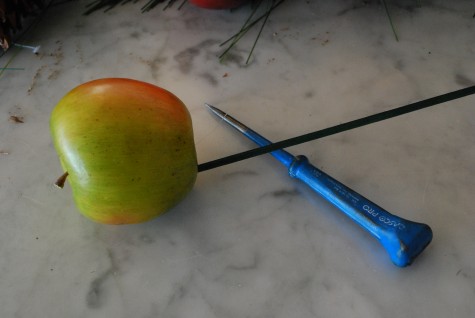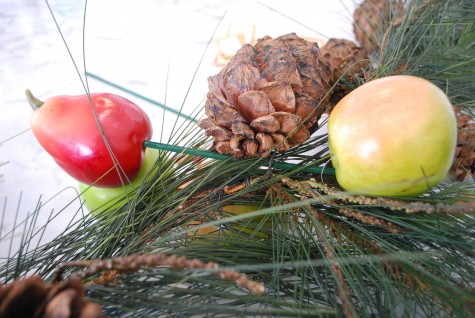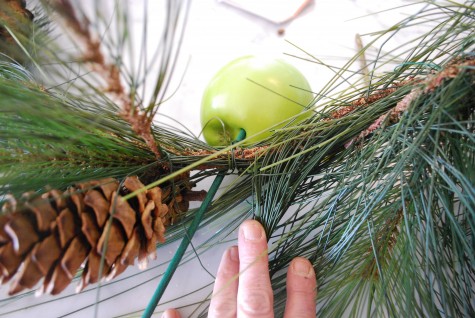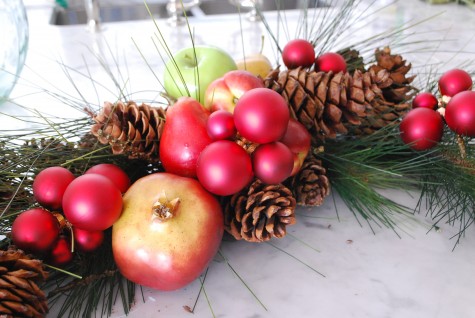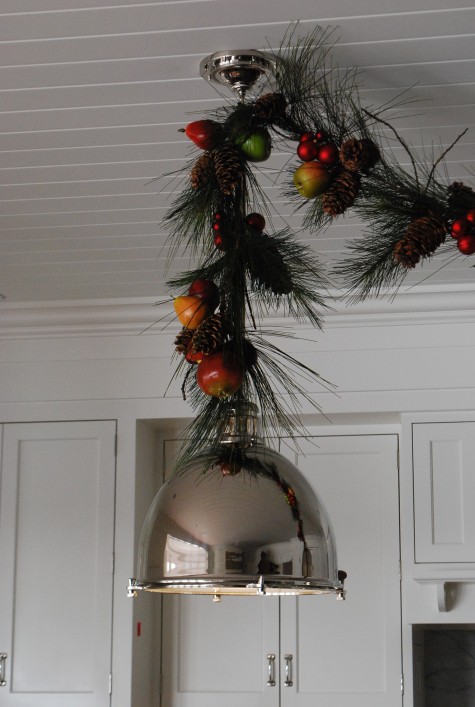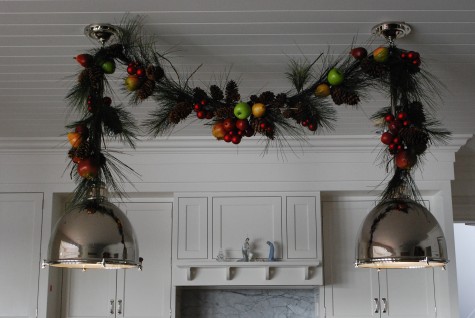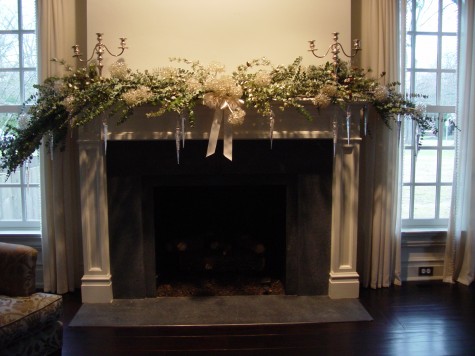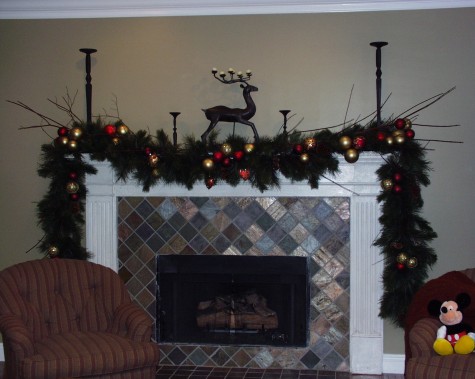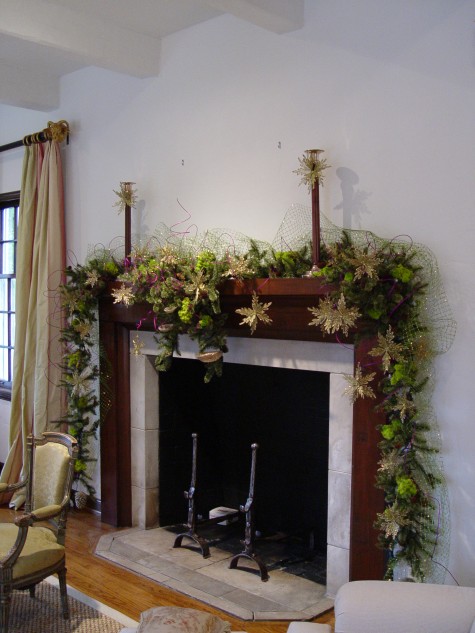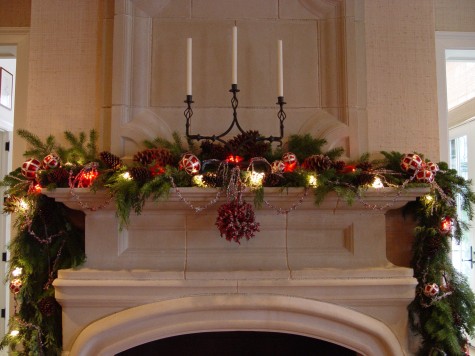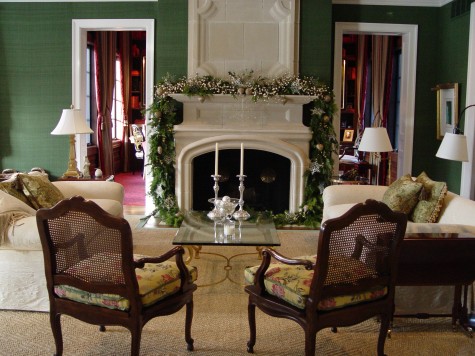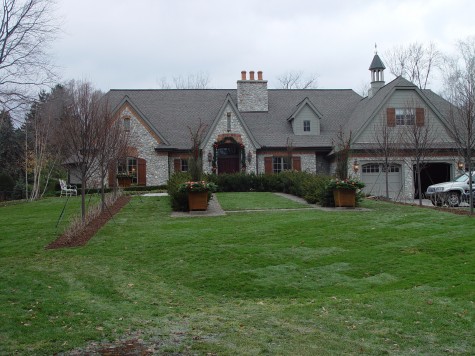 Though I designed and planted this landscape, and did the outdoor holiday display some years ago, it still is one of my favorites. I like how it works in the winter. The shortest day of our year is looming; soon it will be dark before 5pm, and not light again until 7:30 the following morning. 14 hours of dark in a 24 hour period is the second most daunting aspect of a Michigan winter. The most difficult-the endless number of grey days, one after another.
Though I designed and planted this landscape, and did the outdoor holiday display some years ago, it still is one of my favorites. I like how it works in the winter. The shortest day of our year is looming; soon it will be dark before 5pm, and not light again until 7:30 the following morning. 14 hours of dark in a 24 hour period is the second most daunting aspect of a Michigan winter. The most difficult-the endless number of grey days, one after another.
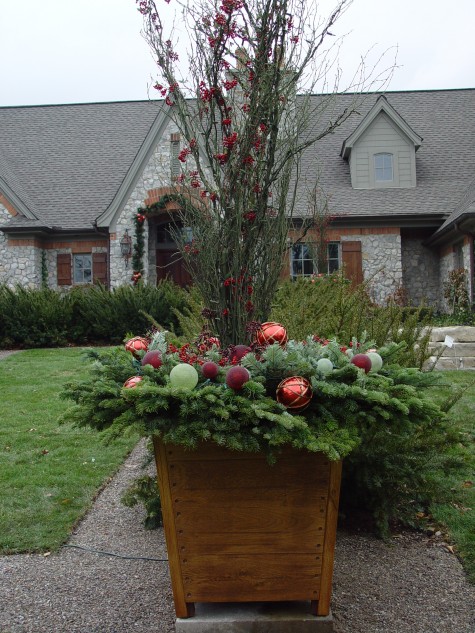 It does not necessarily follow that what looks great during the day looks just as great at night. I have had occasion to work with some really talented landscape lighting professionals. They manage to design lighting for the evening hours which is soft, engaging and believable. I have no gift for this whatsoever-I cannot stop longing for the dawn, daylight and dusk long enough to put my best foot forward in the dark. A great lighting designer can make a huge impact on a Michigan landscape. I do love holiday gardening, and I have the sense to incorporate the materials Rob buys. I can be assured of a good look at night.
It does not necessarily follow that what looks great during the day looks just as great at night. I have had occasion to work with some really talented landscape lighting professionals. They manage to design lighting for the evening hours which is soft, engaging and believable. I have no gift for this whatsoever-I cannot stop longing for the dawn, daylight and dusk long enough to put my best foot forward in the dark. A great lighting designer can make a huge impact on a Michigan landscape. I do love holiday gardening, and I have the sense to incorporate the materials Rob buys. I can be assured of a good look at night.
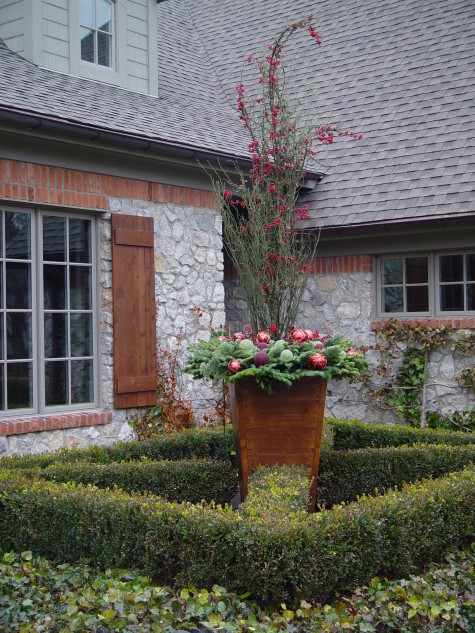 This year he bought birch stems that were wrapped vertically with lights, and then flocked with some concoction that was barely a reasonable approximation of moss. The winter was looming-I bought in. During the day, those mossed branches looked fine-provided you were better than 5 feet away. Some very very tall faux red berry stems added considerable interest. But my favorite-the light covers. Some company manufactured frosted plastic spheres in green and red. Slipped over a mini light, they glowed. Weatherproof holiday ornaments of foil spheres wrapped with grape vine wired to the evergreens in this arrangement-a Christmas tree of a different sort. Though these Belgian wood planters were a long ways from the road, they read.
This year he bought birch stems that were wrapped vertically with lights, and then flocked with some concoction that was barely a reasonable approximation of moss. The winter was looming-I bought in. During the day, those mossed branches looked fine-provided you were better than 5 feet away. Some very very tall faux red berry stems added considerable interest. But my favorite-the light covers. Some company manufactured frosted plastic spheres in green and red. Slipped over a mini light, they glowed. Weatherproof holiday ornaments of foil spheres wrapped with grape vine wired to the evergreens in this arrangement-a Christmas tree of a different sort. Though these Belgian wood planters were a long ways from the road, they read.
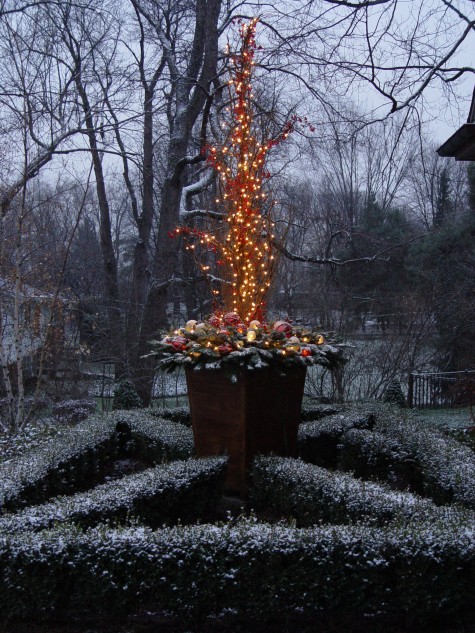 The night time version of these holiday was just as strong. The lit mossy branches glowed-every one of these mini lights had moss flocking. The light covers diffused and spread the light. These small lit spheres cast a glow in strong contrast to the dark, the dormancy, and the snow.
The night time version of these holiday was just as strong. The lit mossy branches glowed-every one of these mini lights had moss flocking. The light covers diffused and spread the light. These small lit spheres cast a glow in strong contrast to the dark, the dormancy, and the snow.
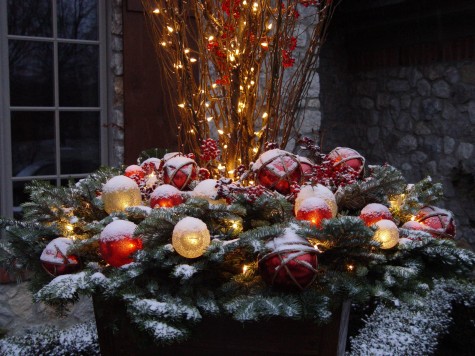 Glowing spheres, ornament, and cut evergreen branches dusted with an early snowfall-I’ll take this. The coming of the cold, the garden going down-what gardener adjusts to this very easily? But the holidays have some very good things built in-friends, family, celebration, tradition, innovation-did I say celebration? The seasons changing-I would not trade this for anything. The process of change does not appeal to me much. But once I am forced to move on, I like that I have options for the garden.
Glowing spheres, ornament, and cut evergreen branches dusted with an early snowfall-I’ll take this. The coming of the cold, the garden going down-what gardener adjusts to this very easily? But the holidays have some very good things built in-friends, family, celebration, tradition, innovation-did I say celebration? The seasons changing-I would not trade this for anything. The process of change does not appeal to me much. But once I am forced to move on, I like that I have options for the garden.
 This landscape dusted with snow-this is what I like about it. The frosty stone on the house never looked better, than right now. That texture in the vertical plane, and the texture of the boxwood in the horizontal plane-a good relationship. Those lit moss-flocked branches, the light covers, and the lights in the garland-substantial. A landscape endowed with lots of visual interest-these landscapes I fall for.
This landscape dusted with snow-this is what I like about it. The frosty stone on the house never looked better, than right now. That texture in the vertical plane, and the texture of the boxwood in the horizontal plane-a good relationship. Those lit moss-flocked branches, the light covers, and the lights in the garland-substantial. A landscape endowed with lots of visual interest-these landscapes I fall for.

Every gardener across this country is thinking about how to express the holiday day and night. I like being just one of many.


